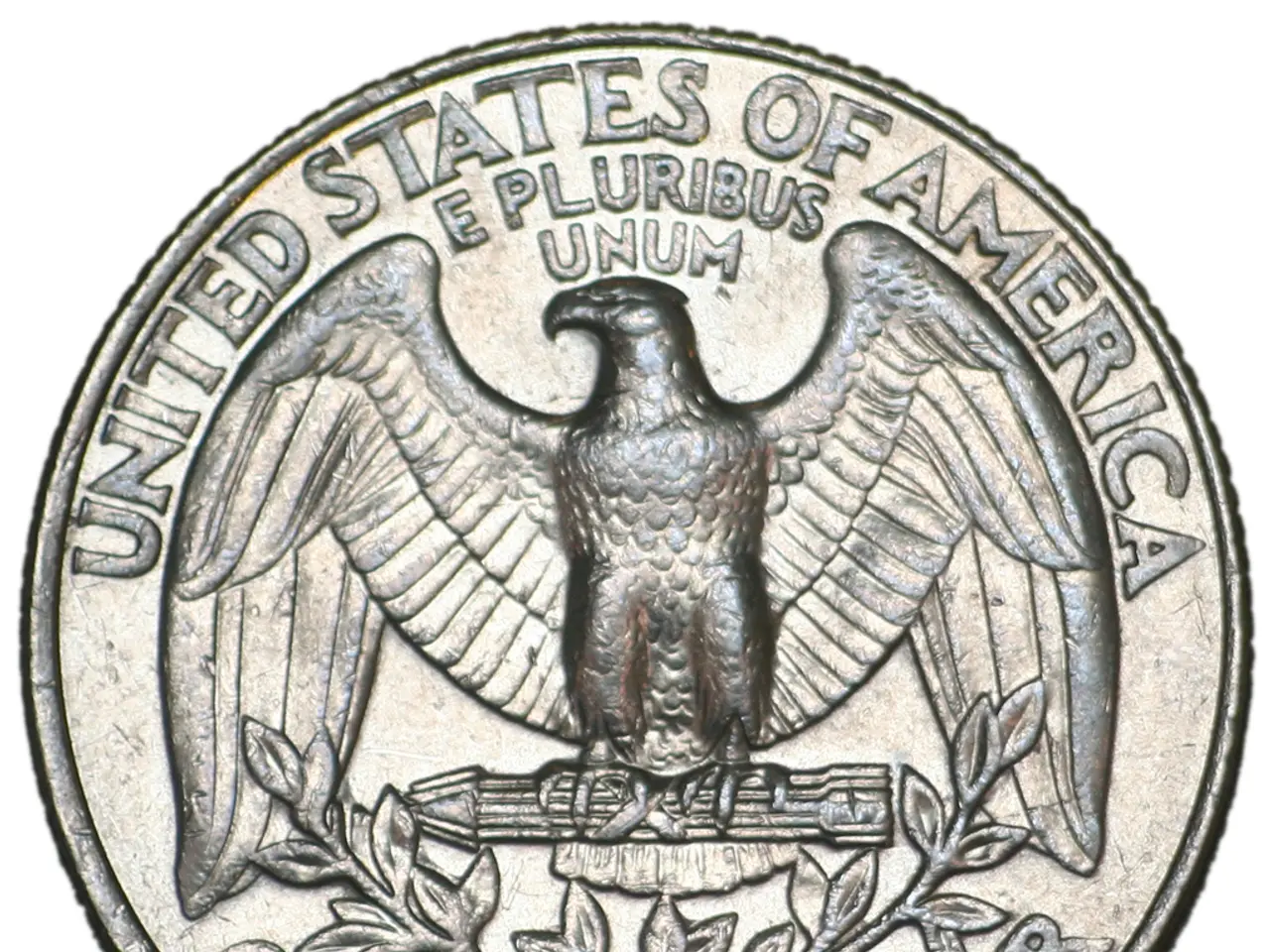Tether Exits EU as MiCA Reshapes Stablecoin Landscape, USDC Steps In
The EU's new Markets in Crypto-Assets (MiCA) regulation is reshaping the stablecoin landscape. Tether, issuer of the world's largest stablecoin USDT, plans to exit Europe due to stringent rules. Meanwhile, Circle, issuer of the second-largest stablecoin USDC, is embracing the regulations, setting up a European headquarters in Paris.
MiCA requires stablecoin issuers to hold reserves in bank deposits, which could hinder quick access to funds during redemption requests. Tether's CEO, Paolo Arduino, has expressed disinterest in meeting these requirements, citing low European customer presence. As a result, USDT may withdraw from the EU, potentially making USDC the dominant stablecoin on European exchanges.
Circle, however, is taking a different approach. It plans to comply with MiCA, becoming the first global stablecoin issuer to do so by July 2024. The company has partnered with Deutsche Börse to promote regulated stablecoins like USDC and EURC in Europe. MiCA also mandates stablecoin issuers to distribute deposits across multiple banks, which can be challenging due to limited crypto-friendly banks.
The MiCA regulation is driving a shift in the European stablecoin market. Tether's exit could pave the way for USDC's dominance, while Circle's compliance could open new opportunities. The future of crypto in the EU, as per Tether's CEO, may face challenges due to MiCA's restrictive nature, particularly for beginners.







